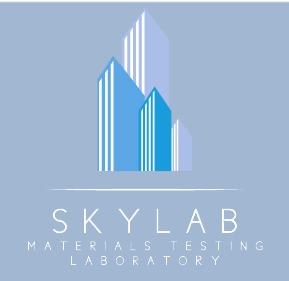
Monitoring services
- EXISTING CONDITIONS DOCUMENTATION
- VIBRATION MONITORING SERVICES
- OPTICAL STRUCTURAL SURVEYING
- CRACK GAUGE MONITORING
- Before any construction project begins, it is highly recommended to conduct a thorough and detailed inspection of all adjacent properties that surround the site to document any existing conditions.
- With Existing Conditions Documentation services, our team of specialists inspect the properties surrounding the construction site, execute photographic documentation of all existing issues, and identify any areas where Crack Gauges and Vibration Monitoring sensors need to be installed. After construction is completed, our technicians perform follow-up inspection and photographic documentation services. Although Existing Conditions Documentations services are common practice for MTA subway properties and required under TPPN 10/88 policy and procedures when monitoring historical or landmark structures, they are also beneficial for any construction project wishing to minimize risk, lower expenses and avoid any potential liability.
When it comes to Vibration Monitoring, Skylab offers our customer two options: Wireless and Manned.
Wireless Vibration Monitoring
Our technicians install real time automated seismographic equipment to monitor the surrounding structures in the construction zone. This equipment is used to record/report any spikes in vibrations, which create automatic triggers that are automatically sent to the client in real time.
Manned Vibration Monitoring
In place of an automated unit, Manned Vibration Monitoring requires the use of an on-site technician to monitor the data gathered by the seismographic equipment. All our certified technicians are trained to immediately notify the site managers/engineers of any vibrations emitted by construction activities that may affect neighboring structures. This option is commonly used when monitoring MTA properties and tunnels.
Both of these Vibration Monitoring options are available for the following purposes:
- Construction
- Excavation
- Demolition
- Blasting
- Dynamic Compaction
- Pile Driving
- Remote Access
- Tunnel/Subway
Excavating, underpinning, demolition or any construction related to new foundations generates strong vibrations that may cause lateral and horizontal movements that affect the integrity of nearby structures. Our Optical Structural Surveying services help protect the integrity of these structures.
Skylab offers our clients two options, Manned Total Stations or Automated Motorized Total Stations (AMTS), to track any structural movement due to any construction activities:
Manned Total Stations
When construction workflow processes require optical structural surveying services on a weekly, bi-weekly or monthly schedule, our manned services are a great choice. With this option, Skylab surveyors bring total stations to the construction site, manually set up benchmarks, and document any movement. If movement is detected, the surveyor generates a report for review.
Automated Motorized Total Stations (AMTS)
Once our surveyors arrive on the construction site, they will install AMTS units outside the construction zone to deliver clear lines-of-sight to the established monitoring and control points on the identified structures.
Unlike our manned services, this option does not require on-site operators since this innovative equipment is completely automated. Since each ATMS unit provides continuous monitoring, this service supplies real-time detail, documentation and accuracy.
All event data recorded by the Manned and Automated Total Stations is delivered to a secure website platform where it can be reviewed and analyzed by construction engineers and managers to identify potential factors that need to be immediately addressed.
When cracks are identified in nearby structures during pre-construction Existing Conditions Documentation, our technicians will recommend Crack Gauge Monitoring. After crack gauges are installed in all existing areas of concern, these sensors monitor and record the cracks’ progress to identify any further developments.
Stationary Crack Gauge Monitoring
This option requires a trained technician to periodically visit the construction site to manually read the data for data collection and reporting purposes.

